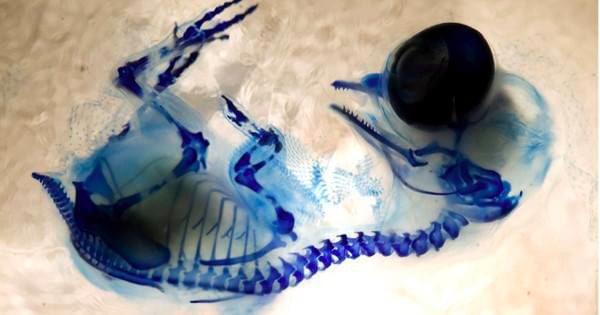A major campaign of domino-toppling simulations yields new insights into the effects of friction.
Despite the apparent simplicity of toppling dominoes, physicists still don’t have a complete model of the phenomenon. But new numerical simulations get a step closer by untangling the influence of two types of friction—one between neighboring dominoes and the other between each domino and the surface beneath it [1]. The researchers found that, in some cases, these two friction coefficients play competing roles in determining the speed of the domino cascade. They also found that one of the coefficients behaves similar to friction in granular systems such as piles of sand or pharmaceutical pills, suggesting that the domino simulations may provide insights into other situations where friction is important.
A YouTube video by engineer Destin Sandlin (on his channel Smarter Every Day) inspired David Cantor of Montreal Polytechnic and Kajetan Wojtacki of the Polish Academy of Sciences in Warsaw to study dominoes. Sandlin recorded a series of domino toppling experiments with a high-speed camera and quickly discovered just how complex the problem is. He determined that the wave of falling dominoes moves slightly faster on felt than on a slippery hardwood floor. He also saw surprising anomalies, such as cases where the train of toppling dominoes would abruptly stop.




